This video and more updated versions of similar videos are available for instant download licensing https://www.alilamedicalmedia.com/-/galleries/narrated-videos-by-topics/diabetes ©Alila Medical Media. All rights reserved. Support us on Patreon and get FREE downloads and other great rewards: patreon.com/AlilaMedicalMedia All images/videos by Alila Medical Media are for information purposes ONLY and are NOT intended to replace professional medical advice, diagnosis or treatment. Always seek the advice of a qualified healthcare provider with any questions you may have regarding a medical condition. Diabetes refers to a group of conditions characterized by a high level of blood glucose, commonly referred to as blood sugar. Too much sugar in the blood can cause serious, sometimes life-threatening health problems. There are two types of chronic diabetic conditions: type 1 diabetes and type 2 diabetes. Pregnant women may acquire a transient form of the disease called “gestational diabetes” which usually resolves after the birth of baby. Pre-diabetes is when the blood sugar level is at the borderline: higher than normal, but lower than in diabetics. Prediabetes may or may not progress to diabetes. During food digestion, carbohydrates – or carb – break down into glucose which is carried by the bloodstream to various organs of the body. Here, it is either consumed as an energy source – in muscles for example – or is stored for later use in the liver. Insulin is a hormone produced by beta cells of the pancreas and is necessary for glucose intake by target cells. In other words, when insulin is deficient, muscle or liver cells are unable to use or store glucose, and as a result, glucose accumulates in the blood. In healthy people, beta cells of the pancreas produce insulin; insulin binds to its receptor on target cells and induces glucose intake. In type 1 diabetes, beta cells of the pancreas are destroyed by the immune system by mistake. The reason why this happens is unclear, but genetic factors are believed to play a major role. Insulin production is reduced; less insulin binds to its receptor on target cells; less glucose is taken into the cells, more glucose stays in the blood. Type 1 is characterized by early onset, symptoms commonly start suddenly and before the age of 20. Type 1 diabetes is normally managed with insulin injection. Type 1 diabetics are therefore “insulin dependent”. In type 2 diabetes, the pancreas produces enough insulin but something goes wrong either with receptor binding or insulin signaling inside the target cells. The cells are not responsive to insulin and therefore cannot import glucose; glucose stays in the blood. In other words, type 2 diabetics are “insulin resistant”. Here again, genetic factors predispose susceptibility to the disease, but it is believed that lifestyle plays a very important role in type 2. Typically, obesity, inactive lifestyle, and unhealthy diet are associated with higher risk of type 2 diabetes. Type 2 is characterized by adult onset; symptoms usually appear gradually and start after the age of 30. Type 2 diabetes accounts for about 80 to 90% of all diabetics. Management focuses on weight loss and includes a low-carb diet.
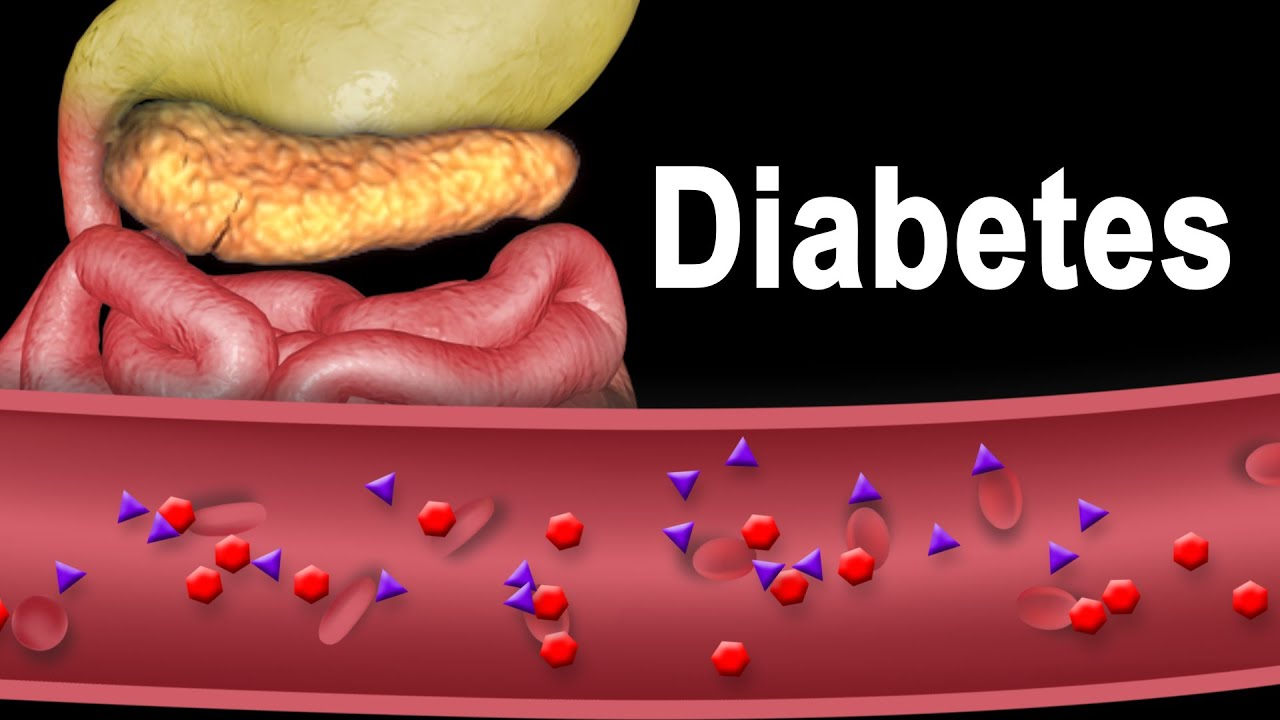
Diabetes Type 1 and Type 2, Animation.
- Post author:admin
- Post published:October 8, 2021
- Post category:Uncategorized
- Post comments:0 Comments
You Might Also Like

Distribution of minerals in india

Tricep Rope Extension | Tricep Exercise #3 | Sangram Chougule Fitness
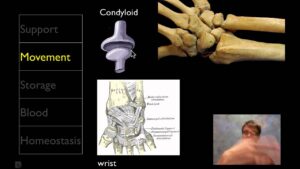
The Skeletal System

Testosterone & Androgenic Effects Video – 28

CrossFit – Josh Bridges Training.

How Does Ketosis Work? Benefits of Ketones

Reversing Type 2 Diabetes Naturally: 3 Inexpensive Foods You Should Know About

Sugar Free, Low Sugar Video – 9

Seated Calf Raise-4

Muscle Building Workout & Squats Video -47
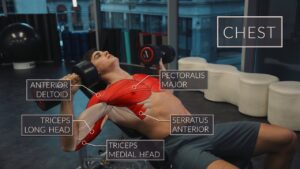
Exercise Anatomy: Chest Workout | Pietro Boselli
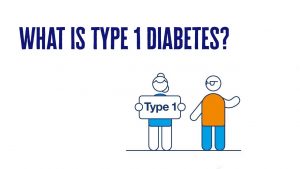
What Is Type 1 Diabetes? | 2 Minute Guide | Diabetes UK

How Does Fat Leave the Body? Where does the fat GO?

Making A Yoga Routine Video – 3

No Bull BCAA Tablets by Raw Barrel Supplements (Best BCAA Tablets/Pills?)
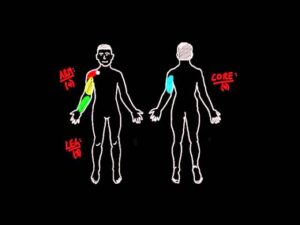
11 major muscle groups
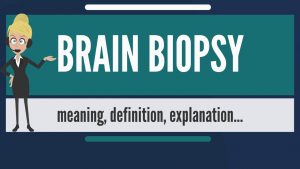
What is BRAIN BIOPSY? What does BRAIN BIOPSY mean? BRAIN BIOPSY meaning, definition & explanation

Ornithine transcarbamylase deficiency Meaning

Heart Disease in Women – Causes, Symptoms and Treatment Options for Women

What To Eat Before & After A Gym Workout

Machine Seated Low Row.AVI

Isotonic & Isometric Contractions

Laird Hamilton TotalWave High Intensity Isolation Workout
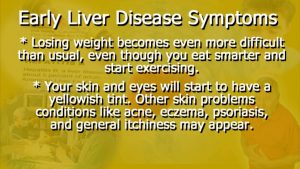
Early Liver Disease Symptoms

Wall Sit Exercises With The 10 Stunning Health Benefits

The Supplement Timeline (What Age – Which Supplements!)
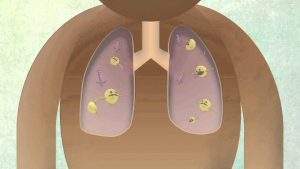
How The Body Reacts To Tuberculosis
asvideo

Deltoid Front Raises-2
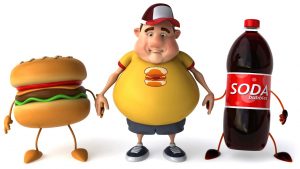
Lipid Profile

Geriatric Physiotherapy Video – 4

Protein Foods Video – 1

Short Dynamic Warmup for Running
Physiotherapy & Occupational Therapy

Internal Medicine Video – 4

Best Fat Burning Workout (HOW I STAY LEAN!)

Dermatology/Skin Surgeries Video – 4

Psychosomatic Medicine Video – 3
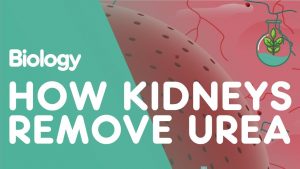
How the Kidneys Remove Urea | Physiology | Biology | FuseSchool

Quick Exercise to Build that awesome V-shape Abs ( Ivans fitness) bodybuilding

Early Liver Disease Symptoms

